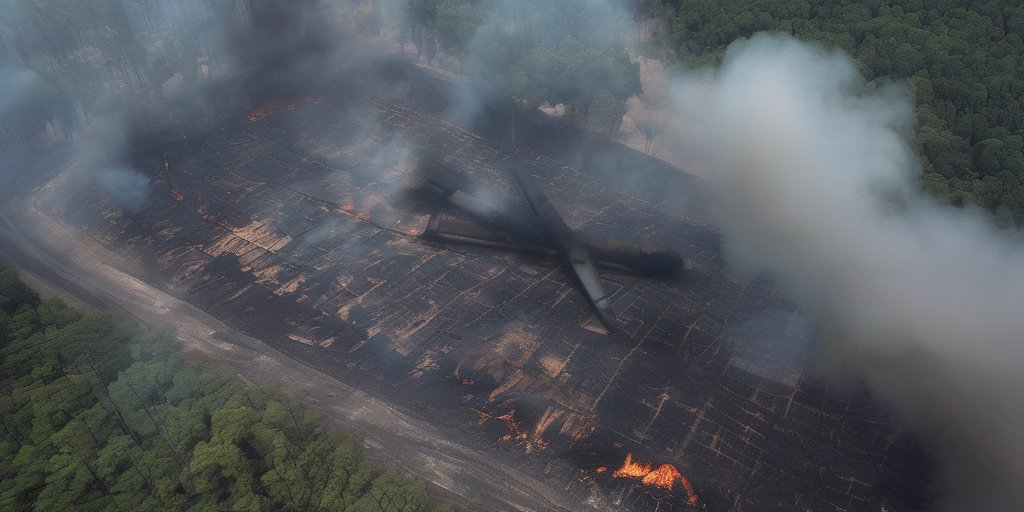In a critical turn of events, violence has erupted in the eastern Democratic Republic of Congo (DRC) as the Congolese army targeted a plane that rebels claim was carrying vital humanitarian aid. The incident follows the announcement of a ceasefire agreement facilitated by U.S. President Donald Trump last week in Washington. This agreement was intended to quell ongoing tensions, but the recent events raise significant doubts about the effectiveness of such negotiations.
The battles between the Congolese army and the M23 rebel group have persisted for years, with M23 recently taking control of significant territories in eastern DRC. The Congolese military has justified its actions against the aircraft—reportedly seen as a threat—by asserting that the plane entered Congolese airspace without permission and lacked identification, leaving them no choice but to destroy it.
Rebels, including those associated with the Twerwaneho group, counter that the plane was delivering essential food and medical supplies to remote villages in the Minembwe area, near the borders with Rwanda and Burundi. They have condemned the airplane’s destruction as an act of barbarity, threatening retaliation against the government forces.
According to the rebels, such aggressive actions jeopardize relief efforts and ongoing security in the region, worsening the humanitarian crisis affecting countless civilians. The conflict has already displaced hundreds of thousands and resulted in thousands of deaths as the M23 rebels continue to challenge government authority.
Burundi and DRC military forces are reported to have blocked ground access to areas controlled by the rebels, heightening reliance on air supply routes for humanitarian aid. Despite calls for peace, skepticism remains as to whether the ceasefire agreement brokered by Trump will yield lasting results. Notably, while both Rwanda and DRC have pledged to disarm factions linked to them, numerous armed groups still operate freely, undermining the ceasefire’s legitimacy.
Analysts suggest that President Trump’s hopes for a stable peace in the region may be overly optimistic, with the on-ground situation reflecting persistent unrest rather than the imminent stability envisioned in the Washington deal. The failure to establish a concrete verification mechanism to monitor the ceasefire adds to growing concerns about the prospect of lasting peace in North and South Kivu provinces.
In summary, while the ceasefire agreement marked a significant diplomatic effort, the recent violent incidents reveal the complexities and challenges that continue to affect this volatile region, casting doubt on Trump’s ability to facilitate a sustainable resolution to the conflict.
